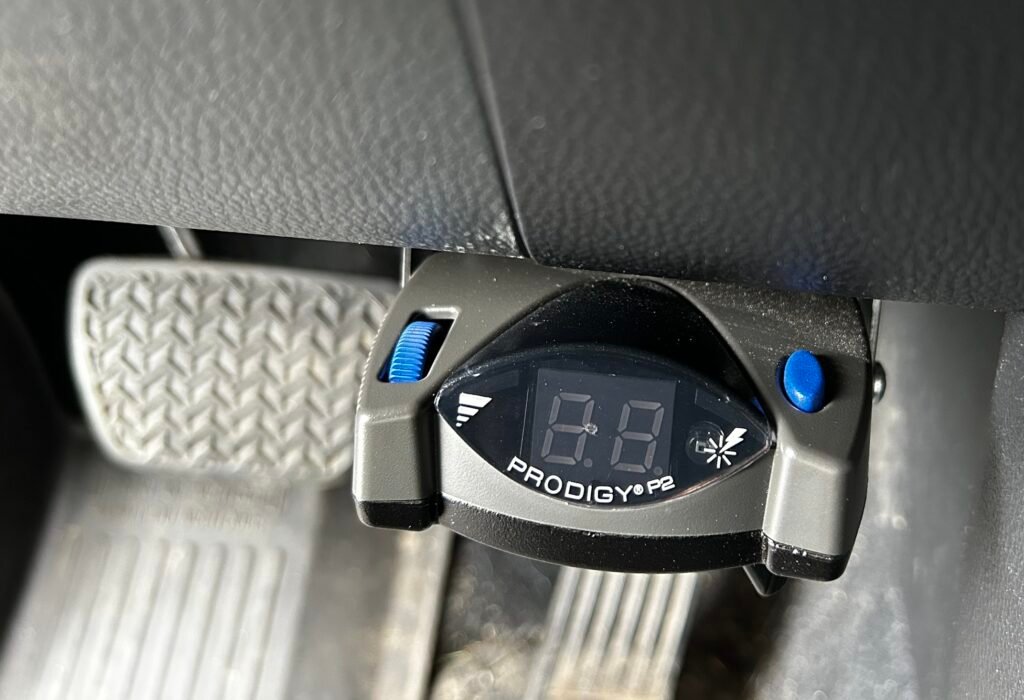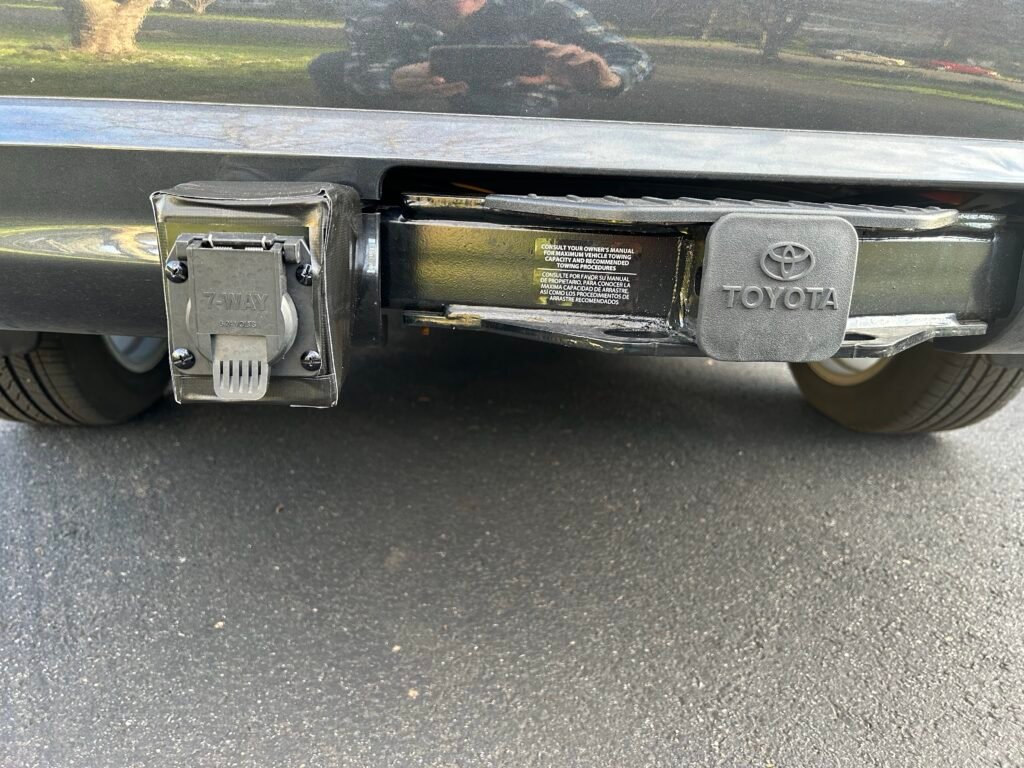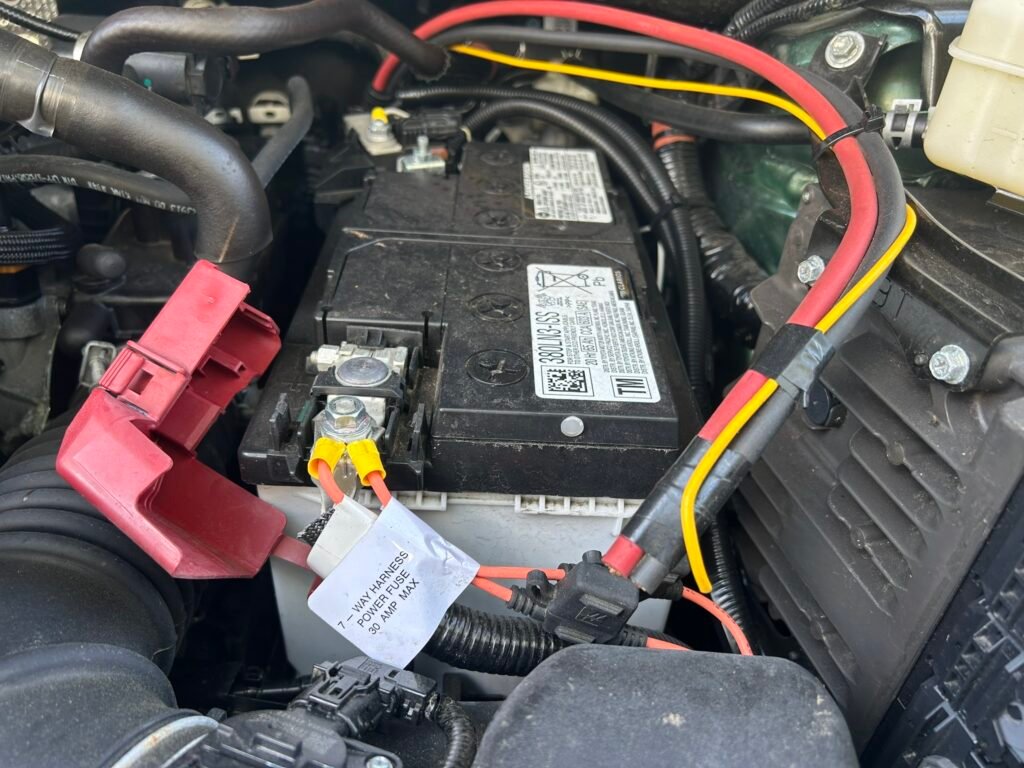Wiring for trailers come in basically 2 varieties: 4-pin and 7-pin. The 4-pin version is for basic trailers where simple lights need to be connected to work with the same lights on the towing vehicle. Turning lights, signal lights, brake lights, running lights. A 7-pin wiring harness includes all of the light capabilities of the 4 pin and a few more that are typical of pulling a travel trailer (versus a light boat trailer or landscape trailer). The 7-pin includes wiring for the brake controller (The Casita travel Trailer is equipped with electric brakes) and a 12v connection to maintain a charge in the ‘house battery’; that is the battery that lives on the travel trailer and can power your 12v outlets and 12v equipment.
Trailers of a certain weight are required to have trailer brakes. This varies by state. Trailer brakes are designed to work in tandem with the brakes of your towing vehicle so that the responsibility of braking the entire weight (vehicle + trailer) is shared by both. Makes sense. The trailer we ordered was equipped with trailer brakes so we needed a 7-pin wiring harness and connection installed on our Highlander. Easier said than done.
It took several tries before I could find a trailer specialist who would take on this surprisingly big ask. Ultimately the trailer installer told me specifically what trailer harness kit to purchase and about how many hours of labor he would charge. I would purchase the harness myself and then schedule an installation date some time after the kit arrived.
There seem to be many instances in our travel trailer odyssey when getting one thing done actually involves planning and preparing for another thing. And getting the 7-pin harness would be one of those instances. At my request I asked the installer to run some additional wires while he was doing the harness (details of their purpose in a later post). He would also install the brake controller I had purchased.
Installation of the harness involved connecting to the car battery, running/securing/hiding the wires from the hood to the rear bumper with connections for lights, the brake controller (installed to the right of the driver’s right knee) and ultimately the mating trailer plug. It was the mounting of this trailer plug that caused the most anxiety – for me at least. As I wrote earlier, there are sensors in the rear bumper to activate the rear hatch. I did NOT want the plug to hang below the level of the hitch. This was a key point for me and I am happy with the result.



